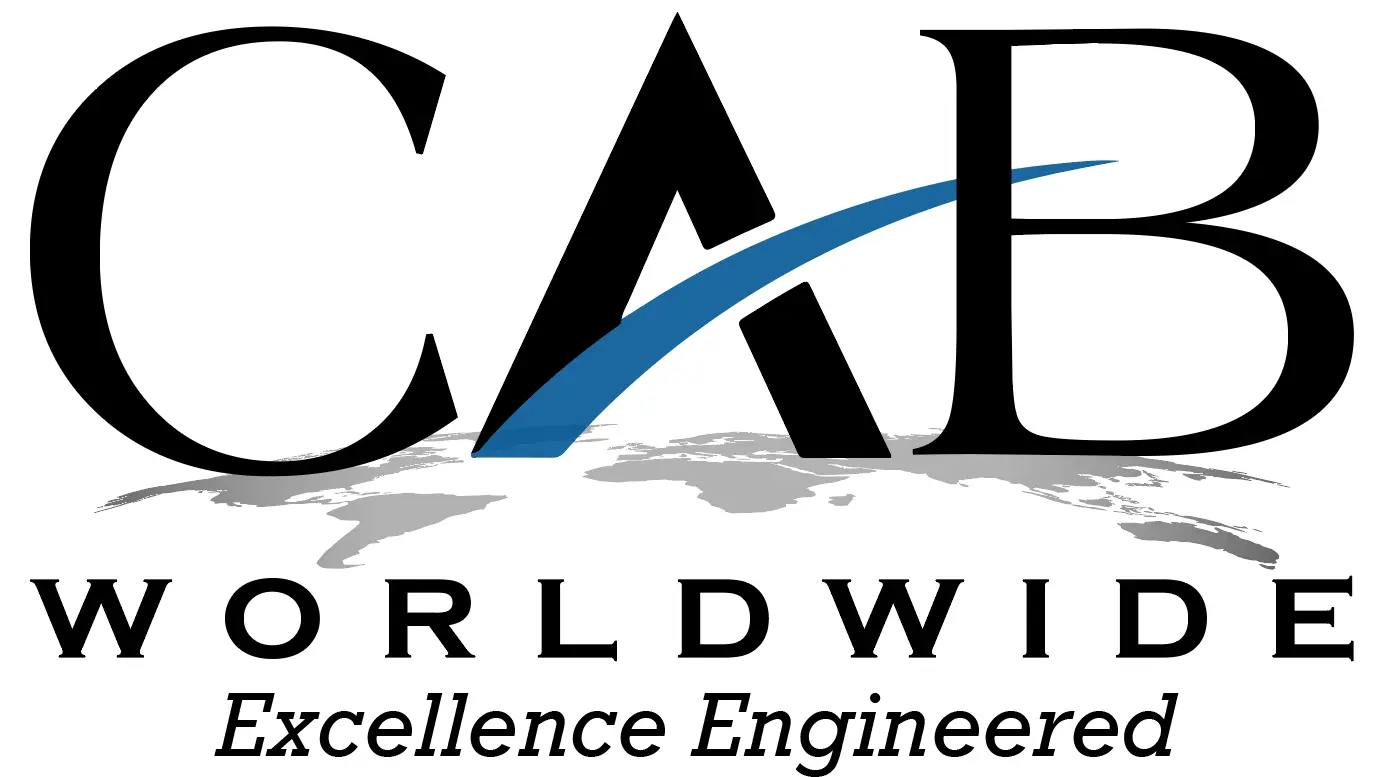No matter how efficient you think your manufacturing process is, we’ve found that there’s always room for improvement. You may have heard buzzwords like Six Sigma and Kaizen strategies, but what does it all mean?
We’ve boiled down some quick tips to help you reduce waste and improve efficiency in your operations. These tactics can be applied to any business or industry, though we’re focusing on manufacturing for this blog post.
Manufacturing Process Audits
The first step in solving any problem is identifying what exactly that problem is. Performing a lean manufacturing audit will help identify areas for improvement.
Bring together a diverse team that includes employees from different departments within your organization. If you have multiple locations, make sure you have representation from each site to ensure you’re getting the full picture. Different warehouses may follow different procedures, so it’s important to get feedback from everyone.
Many organizations choose to adopt a 5S strategy in their audits, which is an all-inclusive organizational system. The 5S steps are: Sort, Set in Order, Shine (Clean), Standardize, and Sustain. You can use this as a model for your audit, providing a grade for each step to see how you are performing and what areas can be improved.
Continuous Improvement
“Haste makes waste.” We’ve all heard the common phrase. But complacency has become another common source of waste in manufacturing.
When businesses are running comfortably and the margins are good, leaders don’t always see the need to root out waste. This may not present an obvious problem while things are going well, but you never know how the market will turn in the future. For this reason, it’s best to reduce waste now, whether the numbers are good or not.
During World War II, the American military took note of Japanese manufacturing efficiency and implemented concepts to help boost production. But according to industry experts, it was Japan that successfully maintained these strategies during peacetime, allowing for long-term productivity and waste reduction. The lesson here is that you don’t need to wait for a crisis to strike to improve your efforts – now’s the perfect time to start.
Always look for ways to improve your processes. And remember that it’s not just about output – keep the focus on quality while finding ways to reduce waste.
Fostering Communication
Many times, it’s the people on the frontlines of production who see where processes can be improved on a daily basis. They know which equipment requires an update, which departments are overburdened (or underutilized), and which tasks could easily be automated.
But without open communication between manufacturing line workers, their supervisors, and other leaders, those improvements may never be realized. Additionally, people from other departments might be able to find ways to improve practices, but aren’t given the chance.
By fostering frequent communication between different staff levels and departments, business owners have a better shot of identifying areas for improvement. And by opening the floor for participation, more ideas can be brought to the table.
The path to lean manufacturing may be long, but it is always worth it. By continuing to audit your procedures and make updates, you’ll find new ways to improve efficiency and cut down on waste. To learn how CAB Worldwide supports a lean strategy, feel free to call us at 1-800-241-7311.
